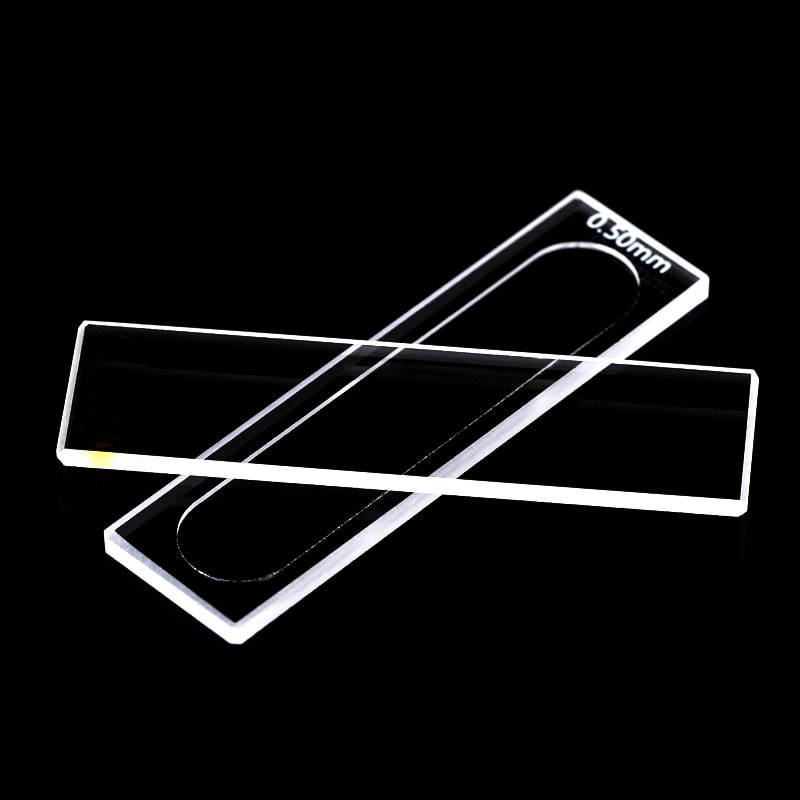The spectrotometry method, which exposes the mechanisms behind light transmission and absorption in specific wavelengths, is an important method for scientific discovery. Cuvettes are the vessel at its core, which is used to store samples for analysis. These small containers might seem simple, but their design intricacies, from cuvette path length to material choice, hold the key to unlocking accurate data on substance concentration and purity. Explore this fascinating realm of cuvettes and the dimensions they take. They impact the outcomes of every experiment.

Image credit: cuvet.co
Power of Cuvette Pathlength
Imagine an light beam moving through a fluid sample. What happens is dependent on the length of the cuvette, or the distance at which the light travels. For many labs, a cylinder of 1 cm is the ideal length because it strikes the balance between sensitivity and practicality. What is the significance of this? The longer the distance longer, the more light will be taken in. This increases the signal in the dilute samples. However, for concentrated solutions such as proteins or nucleic acids a shorter path length can be a game changer. This technique reduces the quantity of dilution needed which saves precious samples as well as reduces the time needed to prepare. What’s the lesson to be learned? It is an art to ensure that the length of a path is in line with specifications for the sample. This improves accuracy.
Cuvette Dimensions A Look at More than What meets the Eye
Size of the cuvette doesn’t simply refer to the volume of liquid that can fit inside. It’s also about how it interacts with the spectrophotometer. Each cuvette is designed to meet particular tasks and comes in a variety of shapes and sizes. Semi-micro cuvettes are an example, with their smaller dimensions and thicker wall thicknesses are made to handle small volumes of samples. Think about a tiny amount of nanoliters or perhaps a rare biological extraction. Thicker walls lessen the space inside, allowing light to pass through a condensed sample without having to waste the drop. This is a huge advancement over a traditional cuvette. It requires the least amount of steps to pipette. It also allows for fewer errors and delivers results that are accurate. This clever trick proves that the size isn’t just a number but a strategy.
The 1cm Length of the Path Cuvette is a Lab Favorite
Why does a 1 cm path length cuvette win in so many experiments? It’s the perfect size for biological measurement, since samples are often scarce and every milliliter is important. This traditional design provides constant absorbance measurements, without overpowering the detector. It’s not the ideal choice for all scenarios. It’s not a one-size-fits all hero. It is crucial to select the correct tool and not the one that you are most comfortable with. A wrongly matched cuvette could be compared to a badly tuned instrument.
Material Matters: More Than Size and Path
Cuvette dimensions are only half the equation. The choice of material makes the difference. Quartz and glass cuvettes are known for their excellent light transmission rates. They are durable and reusable. This makes them ideal for spectroscopy. On the flip side plastic cuvettes add value and convenience to the table. There’s no need to clean, and there’s no cross-contamination. Just use and toss. They’re ideal for speedy DNA or test for RNA as well as aqueous solution. What’s the tradeoff? Inaccurate at certain wavelengths. This is a classic case of intent dictating preference for quartz for purists, plastic for the pragmatic.
Perfect Practice and Precision
Cuvettes are versatile and adaptable. Combining spacers with short lengths of paths allows the handling of samples that are concentrated and larger vessels are able to handle volumes. Every choice of length and size and the kind of material has an effect on the test. This could affect the clarity of the result. Take a look at a lab analysing the amount of protein. A semimicro cuvette is shorter paths, which eliminates the need for dilution and produces reliable data more quickly. Contrast that with a reckless swap of cuvettes in the middle of an experiment, and you’ll see the number of cuvettes drop. Small details make the most impact on spectrophotometry.
Cuvettes aren’t huge, yet they play a big role. From the 1cm length cuvette up to custom dimensions that can bridge the gap between samples and understanding. When it comes to quality or concentration using the correct cuvette, you can turn an excellent measurement into a superior evidence that in science, precision starts with the tools at the ready.